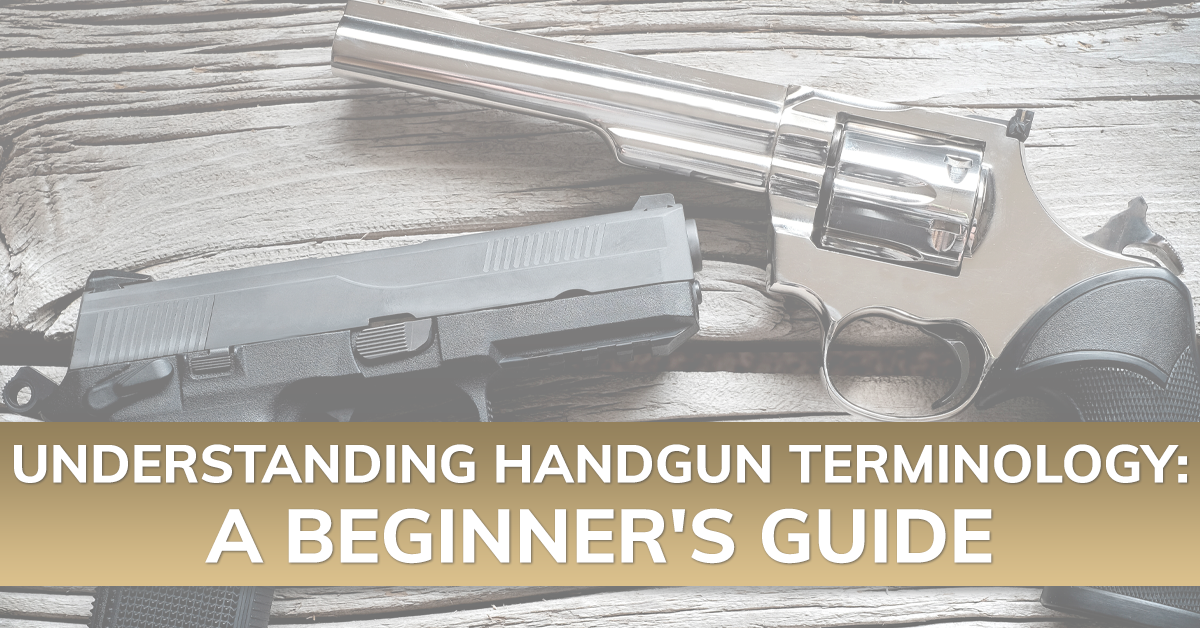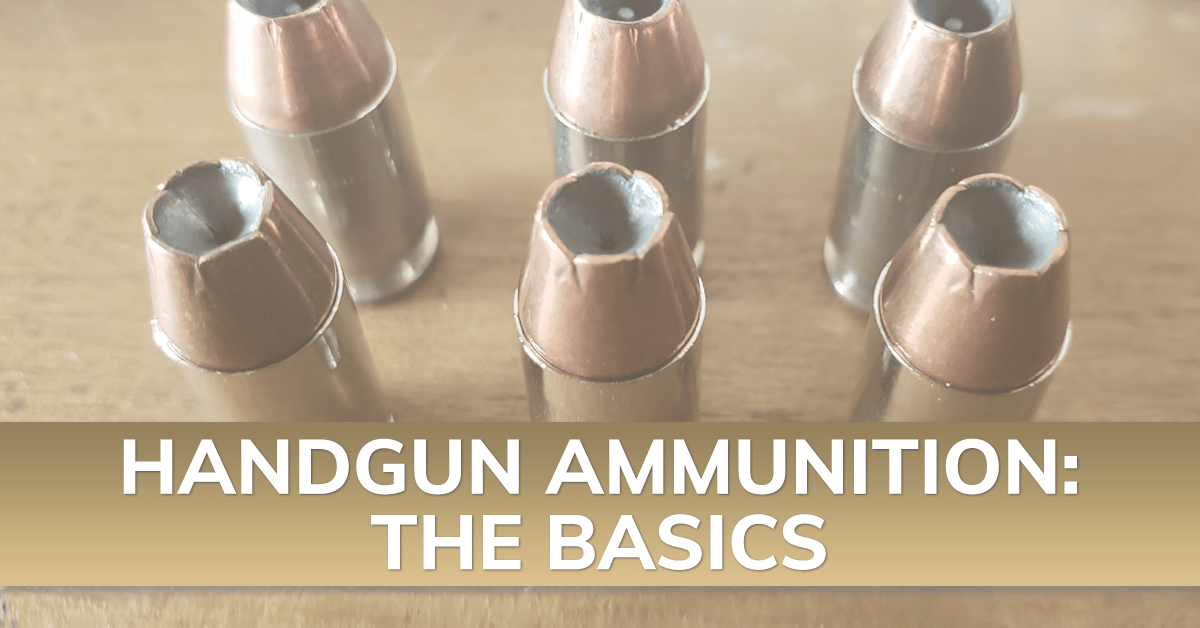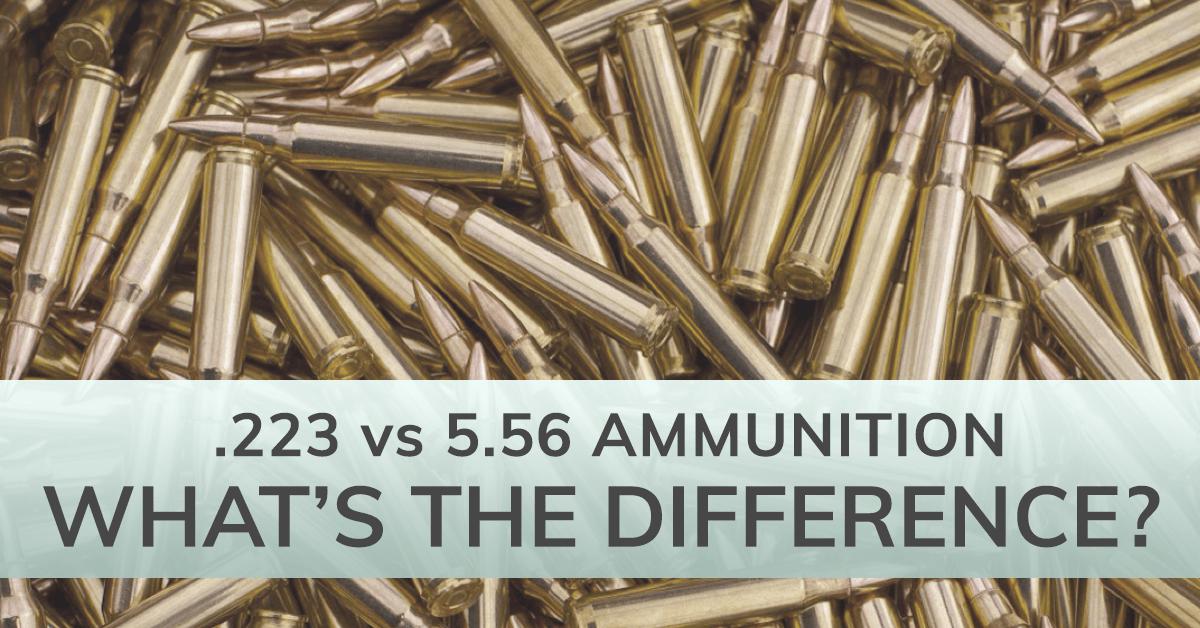Your Cart is Empty
Orders Over $100 Ship FREE (USA)!
Menu
-
- CONCEALED CARRY
- GUN HOLSTERS
- CONCEALED CARRY PURSES
- CASUALLY CONCEALED APPAREL
-
(Apparel with holster pockets or concealed-carry features)
- PARTS & GEAR
- RANGE STYLE
- APPAREL
- JEWELRY
-
E-GIFT CARDS
-
Gift shopping & not sure about size or style? Give a gift card instead!
-
- GIFT IDEAS
- WHAT'S NEW?
- EXPLORE
- Login
- USD


 With single action handguns (SA), pulling the trigger performs only one function. The hammer or the striker moves and fires the gun when the shooter pulls the trigger. So how does the handgun get cocked? In the case of a single action revolver, the hammer must be cocked by the shooter before each shot. But in a single action semi-automatic handgun, the firearm is cocked when the slide is racked and the recoil and slide movement automatically cock the firearm for each subsequent shot.
With single action handguns (SA), pulling the trigger performs only one function. The hammer or the striker moves and fires the gun when the shooter pulls the trigger. So how does the handgun get cocked? In the case of a single action revolver, the hammer must be cocked by the shooter before each shot. But in a single action semi-automatic handgun, the firearm is cocked when the slide is racked and the recoil and slide movement automatically cock the firearm for each subsequent shot. There are some handguns that are considered to be DA/SA meaning during the first shot, the trigger pull both cocks and fires the firearm, but in subsequent shots, the slide traveling rearward during recoil does that. So the first shot in a magazine is double action but the rest are single action. In firearms such as this, the trigger pull will feel different between the first and the remainder of the shots. The first pull will be typical for double action - long and a bit heavier, but then the next trigger pull will be shorter and smoother. For a new shooter without much experience and practice, the difference can be a bit confusing.
There are some handguns that are considered to be DA/SA meaning during the first shot, the trigger pull both cocks and fires the firearm, but in subsequent shots, the slide traveling rearward during recoil does that. So the first shot in a magazine is double action but the rest are single action. In firearms such as this, the trigger pull will feel different between the first and the remainder of the shots. The first pull will be typical for double action - long and a bit heavier, but then the next trigger pull will be shorter and smoother. For a new shooter without much experience and practice, the difference can be a bit confusing. 

